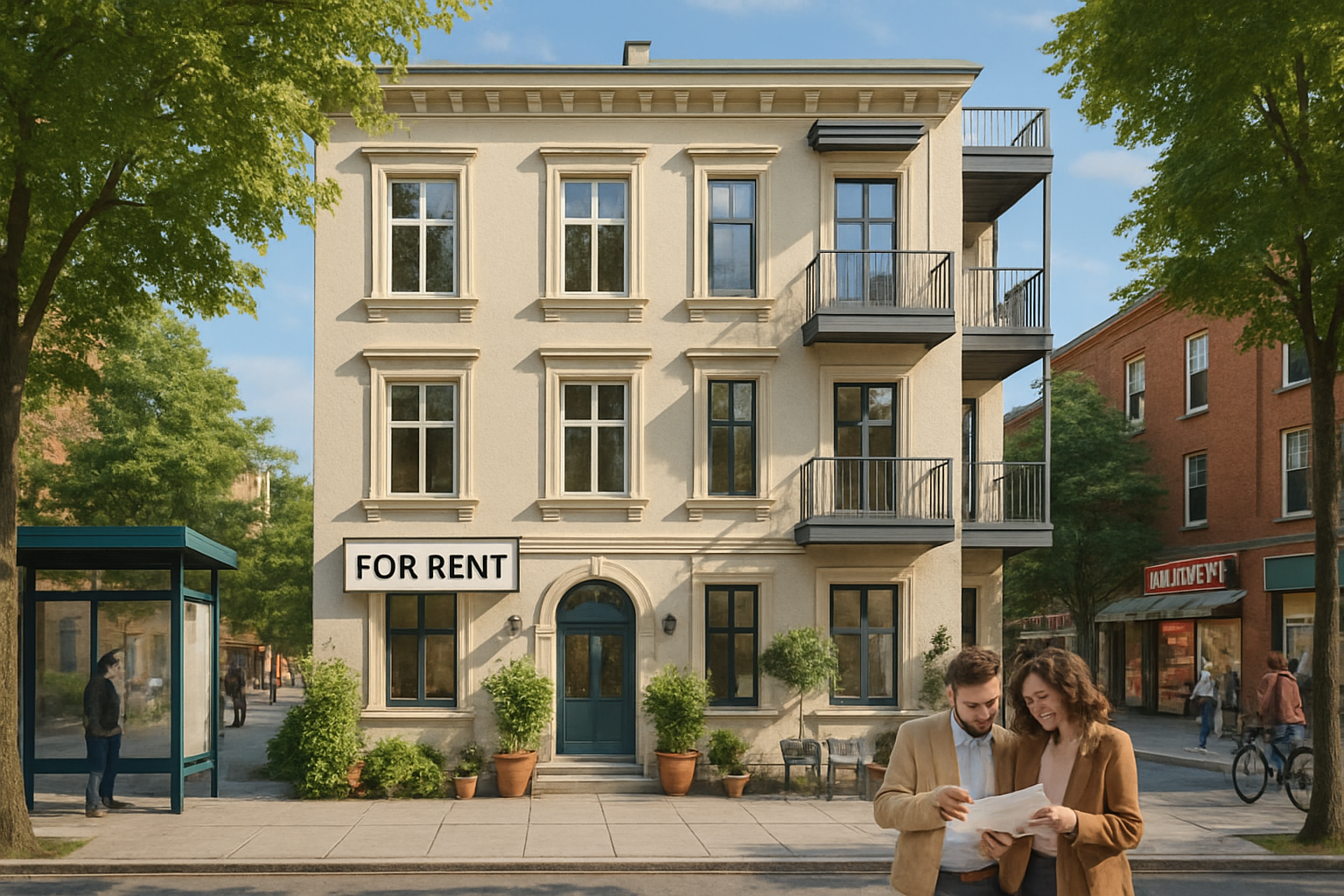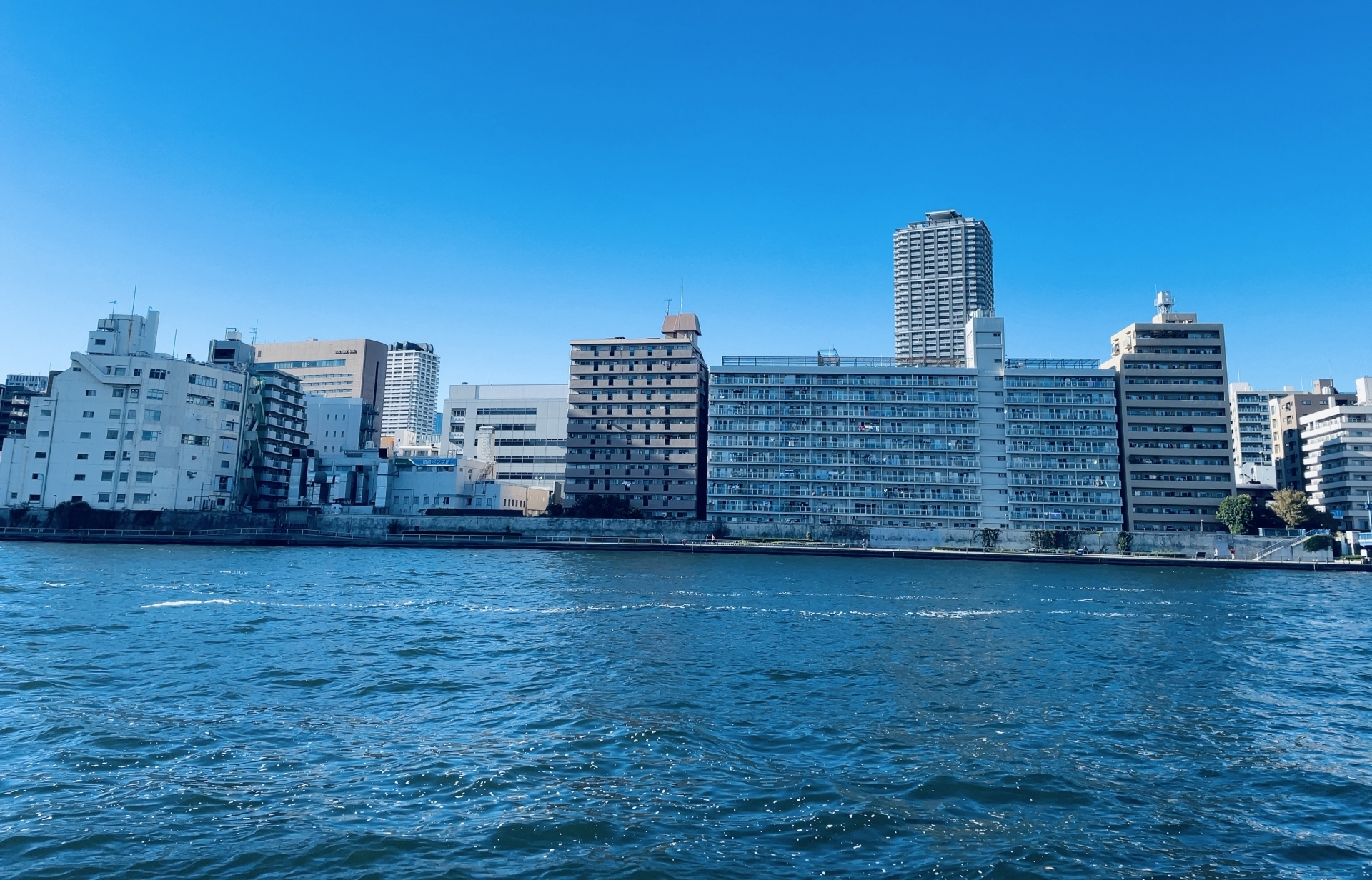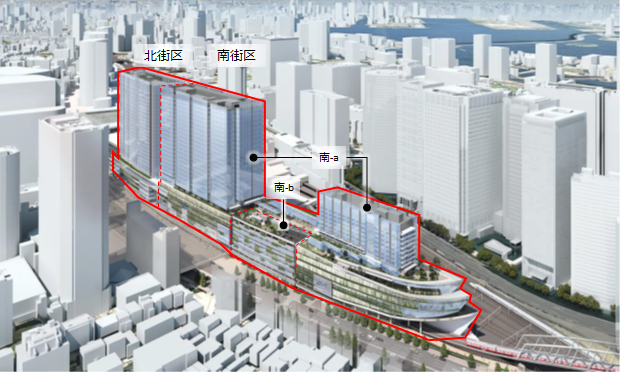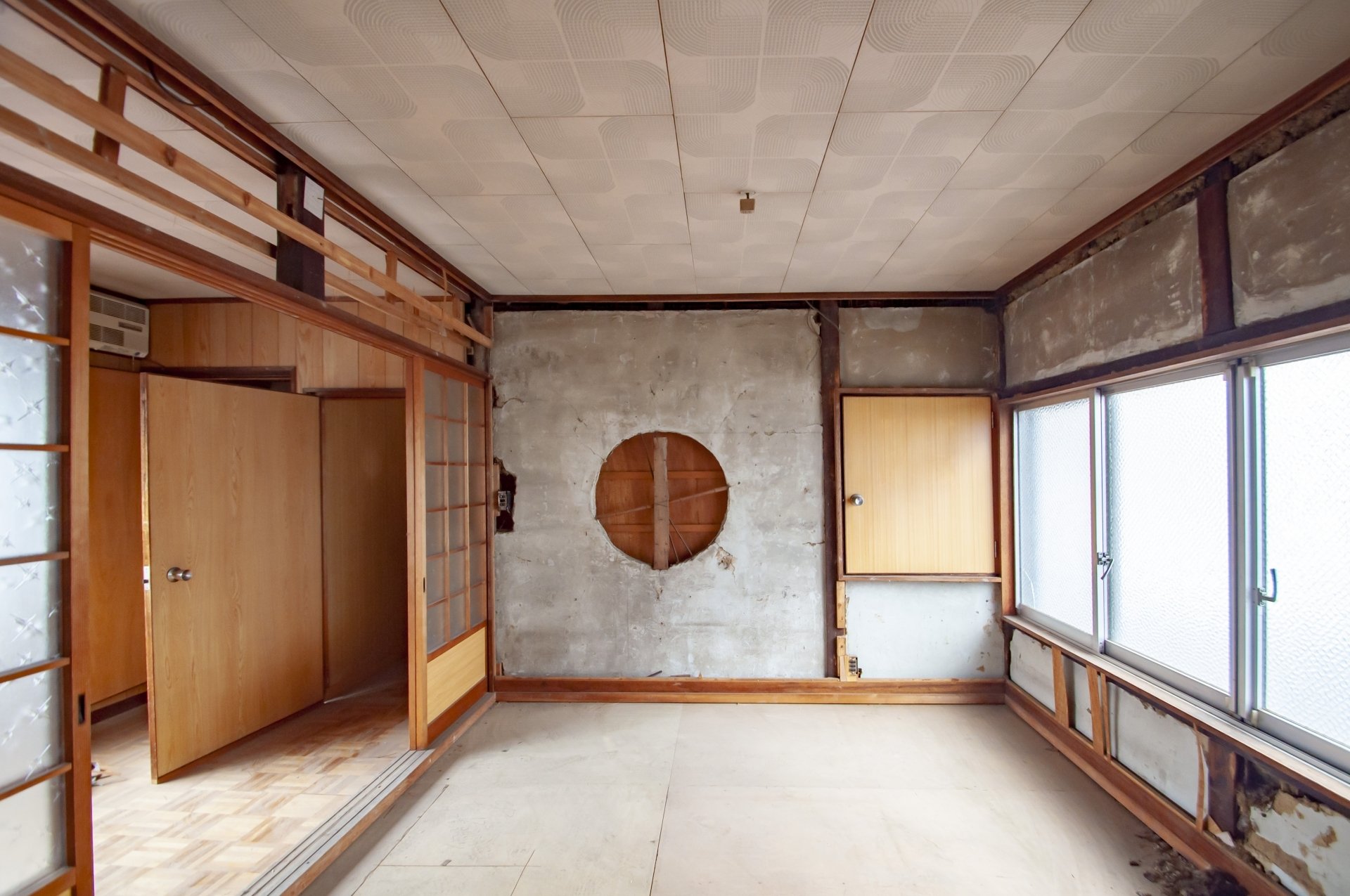When considering the purchase of a home, many people focus on location, layout, and price, but in fact, the insulation grade of a home is an important factor that determines long-term comfort and economic efficiency.
The insulation grade is an objective measure of a house's insulation performance under the Housing Performance Indication System established by the Ministry of Land, Infrastructure, Transport and Tourism. This index quantifies heat gain and loss through the exterior walls, roof, floors, and windows of a house, and is indicated on a scale of 1 to 7.
In recent years, interest in energy efficiency and conservation standards for housing has grown rapidly amid soaring energy prices and accelerating efforts to create a decarbonized society. In particular, in 2022, new insulation grades 5, 6, and 7 will be established, which significantly exceed the previous highest insulation grade of 4, bringing about a major change in the housing industry.
In this article, based on INA&Associates' experience in numerous new home transactions, we will explain the basic concepts of insulation ratings, the latest rating standards, and how to use them to make decisions when purchasing a home, in an easy-to-understand manner for the average consumer.
From the perspective of ZEH homes andreducing utility costs, understanding insulation grades has become essential knowledge in the selection of modern homes. By selecting a house with appropriate insulation performance, it is possible to realize both a comfortable living environment and long-term economic benefits.
Basic Concept and Importance of Thermal Insulation Grades
What is an insulation grade?
The official name of insulation grade is "heat insulation performance grade," which is an evaluation standard established in the Housing Performance Indication System based on the "Act on Promotion of Housing Quality Assurance (Quality Assurance Law)" enacted on April 1, 2000.
The purpose of this system is to evaluate housing performance based on objective and uniform standards, and to assist consumers in properly judging the quality of housing. The insulation grade is positioned as an indicator of the degree of measures taken to prevent heat loss through the outer skin of the house (exterior walls, roof, floor, windows, etc.).
Specifically, the thermal insulation performance of a house is evaluated using two values: the "average heat transfer coefficient over the outer skin (UA value)" and the "average solar heat gain coefficient during the cooling season (ηAC value)". The smaller these values are, the better the insulation performance.
Differences in Standards by Region
Japan is a long and narrow country stretching from north to south, with climatic conditions differing greatly from region to region. For this reason, Japan is divided into eight regions, and appropriate insulation standards are set for each region.
From region 1 (part of Hokkaido) to region 8 (Okinawa Prefecture), standard values for UA and ηAC values are set according to the climatic characteristics of each region. This regional classification system makes it possible to apply energy conservation standards optimized for the local climate in any region of Japan.
Impact of Insulation Performance on Houses
A house with excellent residential insulation performance brings significant benefits to the lives of its occupants in multiple ways.
First, it improves the stability of indoor temperatures. Since it is less susceptible to changes in outside temperature, a comfortable living environment can be maintained, with warmer temperatures in winter and cooler temperatures in summer. This significantly reduces dependence on heating and cooling equipment, resulting in lower utility costs.
The health benefits are also not to be overlooked. Houses with high insulation performance reduce the risk of heat shock because the temperature difference between rooms is reduced. Furthermore, it also has the effect of inhibiting the formation of condensation, preventing building deterioration and mold growth, thereby contributing to the long-term maintenance of the asset value of the house.
Detailed Explanation of Insulation Grades
System of Insulation Grades 1 through 7
The current insulation rating system consists of seven levels, from 1 to 7, with higher numbers indicating higher insulation performance. Grades 1 through 4 have been in place since the system began in 1999, and insulation grade 5 was added in April 2022, followed by insulation grades 6 and7 in October of the same year, establishing the current seven-step system.
Detailed criteria and features of each grade
| Grade | Year Established | Criteria and Features | Main target |
|---|---|---|---|
| Grade 1 | Before 1980 | No insulation standard | Existing older homes |
| Grade 2 | 1989 | Old energy conservation standards. Severely cold in winter | Houses over 30 years old |
| Grade 3 | 1992 | New energy conservation standards. Inadequate for modern standards | Houses about 25 years old |
| Grade 4 | 1999 | Next-generation energy conservation standard. Internationally low standard | General new housing |
| Grade 5 | April 2022 | ZEH housing standard, to be mandatory in 2030 | Energy-efficient housing |
| Grade 6 | October 2022 | HEAT20 G2 level. Combination of health, comfort, and energy efficiency | High-performance housing |
| Grade 7 | October 2022 | HEAT20 G3 level. Comfortable even without heating | Ultra-high-performance housing |
Regional Standards for Average Thermal Transmittance (UA Value)
Standards for UA values, which are the core of residential heat insulation performance, for major regions are shown below.
| Grade | Region 1-2 (Hokkaido) | Region 4 (Kanto) | Region 6 (Kyushu) |
|---|---|---|---|
| Grade 7 | 0.20 | 0.23 | 0.26 |
| Grade 6 | 0.28 | 0.34 | 0.46 |
| Grade 5 | 0.40 | 0.60 | 0.60 |
| Grade 4 | 0.46 | 0.75 | 0.87 |
Unit: W/(㎡・K), the smaller the value, the higher the insulation performance.
Background and Significance of New Grades
The background to the establishment of the new grade in 2022 includes efforts to realize a decarbonized society, increased interest in reducing utility costs due to soaring energy prices, and increased demand for a healthy and comfortable living environment. In particular, the insulation grade 5 is scheduled to become mandatory for all new houses by 2030, and is expected to raise the standard performance level of houses.
Benefits and Importance of Insulation Grades
Economic Benefit: Reduction in Utility Costs
The most immediate benefit of improved insulation grade is the reduction in utility costs. It is estimated that an insulation grade 6 can reduce annual primary energy consumption by about 30%, and an insulation grade 7 can reduce it by about 40%. In terms of monthly utility costs, the savings are expected to range from several thousand yen to more than 10,000 yen, and will continue over a long period of time, from 30 to 35 years, which is the repayment period of the mortgage.
Health Benefits: Increased Comfort and Safety
Improvements in home insulation performance also have notable health benefits for occupants. One of the most important benefits is heat shock prevention. In homes with high insulation performance, indoor temperature differences are reduced, preventing sudden temperature changes in bathrooms and hallways and significantly reducing the risk of heat shock.
In addition, improved indoor temperature stability improves the quality of sleep, and the inhibition of condensation prevents the growth of mold and dust mites.
Environmental Benefits: Contributing to a Decarbonized Society
Houses with high insulation ratings not only provide economic benefits to individuals, but also contribute significantly to reducing the environmental impact of society as a whole. The residential sector accounts for about 30% of Japan's total energy consumption, and the spread of homes with insulation grade 6 or7 can play an important role in achieving the country's overall greenhouse gas reduction targets.
Property Value Enhancement Effect
Insulation grade 5 is scheduled to become mandatory for all new houses by 2030, and after that, the relative value of houses with insulation grade 4 or lower may decline in the existing house market. On the other hand, homes with insulation grade 6 or7 will continue to meet high performance standards over the long term, and can be expected to maintain or increase their asset value.
Conclusion
Important Points in Selecting Insulation Grade
Insulation grade is one of the most important criteria in modern homebuying. Choosing a home with appropriate home insulation performance will benefit all aspects of economy, health, comfort, and the environment.
When considering a new home, we strongly recommend that you select a minimum insulation grade 5 (ZEH level) or higher. If your budget allows, we recommend targeting an insulation grade 6.
Next Step: Consult with an Expert
The choice of insulation grade requires a comprehensive consideration of many factors, including location, family structure, lifestyle, budget, etc. At INA & Associates, we help our clients choose the best home for their individual needs.
With "human resources" and "trust" at the core of our management, we offer proposals that place the long-term satisfaction and happiness of our clients at the forefront of everything we do, including the latest information on ZEH and super-insulated homes, how to take advantage of subsidy programs, and introductions to specific properties, as well as all other support related to home purchasing. Please feel free to contact us for more information.
Frequently Asked Questions
Q1: What is the difference between Insulation Grade 4 and Insulation Grade 5?
Insulation grade 4 was the highest grade for a long time under the Next Generation Energy Conservation Standards set in 1999, but it is not a high level compared to international standards. On the other hand, insulation grade 5 is equivalent to the ZEH housing standard newly established in April 2022, which requires a performance improvement of approximately 20-30% in UA value, resulting in a significant reduction in annual utility costs.
Q2: How much does it cost more to achieve Insulation Grade 6 or 7?
To achieve Insulation Grade 6 or7, high-performance insulation materials, triple-glazed windows, and high airtightness are required, and construction costs generally increase by 10-20%. However, this initial investment can be recovered in the long term through reduced utility costs, and the use of various subsidy programs may reduce the actual burden.
Q3: Is it possible to improve the insulation rating of an existing house?
It is possible to improve the thermal insulation performance of an existing house through renovation. The main methods include external insulation of exterior walls, additional insulation of roofs and ceilings, under-floor insulation, window replacement, and installation of inner sash. However, insulation retrofitting of existing homes tends to be more costly than for new construction.
Q4: Does the insulation grade to choose depend on the region?
Yes, Japan is divided into eight regional divisions, and it is important to select the appropriate insulation grade according to the climatic characteristics of each region. In cold regions, high insulation performance is particularly important, while in warm regions, a design that balances insulation and solar shielding performance is required.

Daisuke Inazawa
Representative Director of INA&Associates Inc. Based in Osaka, Tokyo, and Kanagawa, he is engaged in real estate sales, leasing, and management. He provides services based on his extensive experience in the real estate industry. Based on the philosophy that “human resources are a company's most important asset,” he places great importance on human resource development. He continues to take on the challenge of creating sustainable corporate value.

.png)













